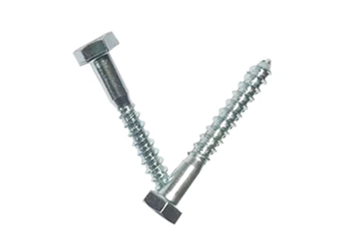নভে. . 24, 2024 12:55 Back to list
Essential Components for Rigging Hardware and Their Applications in Various Industries
The Importance of Rigging Hardware in Various Industries
In the realm of heavy lifting, construction, and logistics, rigging hardware plays a vital role in ensuring safety, efficiency, and precision. From cranes on construction sites to marine applications involving ships and offshore platforms, rigging hardware is essential for safely moving heavy loads. This article will explore the various components of rigging hardware, their applications, safety considerations, and future trends in the industry.
What is Rigging Hardware?
Rigging hardware encompasses a variety of tools and equipment used to lift, lower, and secure heavy loads. It includes items such as shackles, slings, hooks, turnbuckles, pulleys, and blocks. Each component serves a specific function, and when used in conjunction, they form a complete rigging system capable of handling substantial weights with ease.
Applications of Rigging Hardware
Rigging hardware is utilized across various industries, each with its unique requirements
1. Construction In the construction industry, cranes are often employed to lift materials such as steel beams, concrete panels, and heavy machinery. Rigging hardware ensures that these loads are hoisted safely and efficiently. For example, the use of synthetic slings and steel wire ropes, combined with shackles and hooks, allows for the safe maneuvering of heavy construction materials.
2. Marine In shipping and marine operations, rigging hardware is vital for loading and unloading cargo. Block and tackle systems are frequently used to hoist sails on ships, while shackles are essential for securing cargo containers. The harsh marine environment necessitates the use of corrosion-resistant materials for rigging hardware to ensure durability and safety.
3. Entertainment The entertainment industry heavily relies on rigging hardware for live events and productions. Stage rigging involves securing lighting, sound systems, and set pieces. Proper rigging ensures that all components are safely suspended, minimizing risks during performances.
rigging hardware

4. Manufacturing and Warehousing In manufacturing and warehousing, rigging hardware is used for lifting and transporting goods. Overhead cranes, hoists, and other rigging equipment facilitate the movement of materials throughout production lines, enhancing efficiency and productivity.
Safety Considerations
Safety is paramount when using rigging hardware. The first step in ensuring safety is choosing the right equipment for the job. Each piece of rigging hardware comes with a specified load rating, and it is crucial to adhere to these limits to prevent accidents. Regular inspection and maintenance of rigging equipment are also essential to identify any signs of wear and tear before they can fail in operation.
Training plays a significant role in ensuring safe usage. Workers involved in rigging operations should be adequately trained in the proper techniques of rigging and lifting loads. Understanding the mechanical advantages provided by different types of rigging hardware can make a significant difference in the safe transport of materials.
Future Trends in Rigging Hardware
As technology continues to evolve, the rigging hardware industry is also experiencing changes. Innovations such as smart rigging systems have emerged, incorporating sensors and digital monitoring. These advancements allow for real-time tracking of load weights, ensuring that operations remain within safe limits.
Additionally, the demand for lightweight and high-strength materials is rising. Modern composite materials are being used to create slings and other rigging hardware that are not only lighter but also have a higher strength-to-weight ratio than traditional materials. This change can lead to increased efficiency in lifting operations and reduce the physical strain on workers.
Conclusion
Rigging hardware is an integral part of various industries, ensuring the safe and effective movement of heavy loads. From construction sites to marine operations and entertainment venues, its importance cannot be overstated. By adhering to safety protocols and embracing technological advancements, industries can enhance their rigging systems, leading to improved safety and efficiency. As the demand for more sophisticated rigging solutions continues to grow, it is essential to stay informed about the latest trends and best practices to ensure successful operations in the future.


